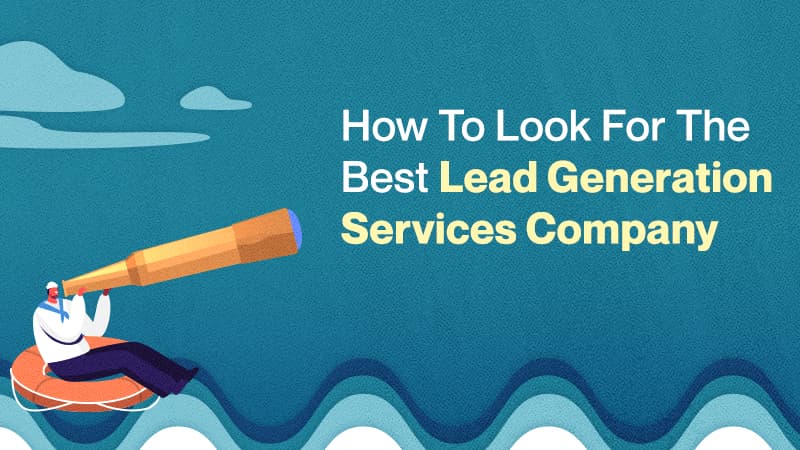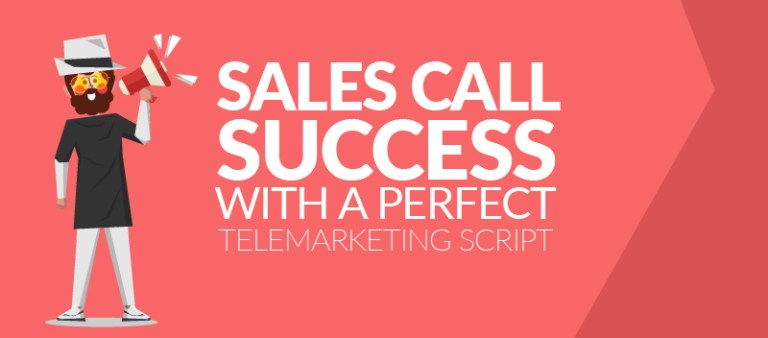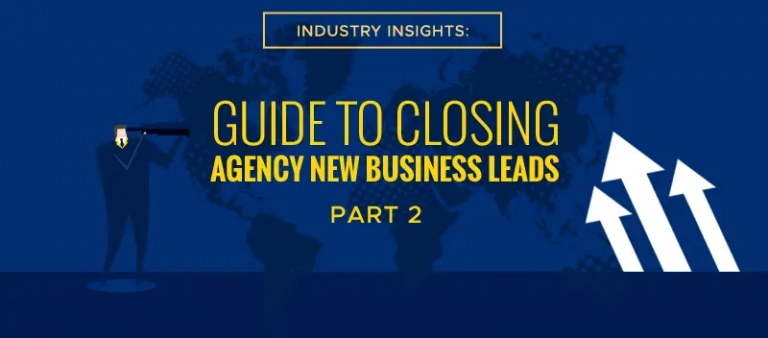Getting your client on a one-on-one call or meeting is one step closer to closing the sale. But, is your script good enough to get them to convert?
Your sales script is a critical component in pitching your clients, and it can determine if your customer eventually buys into what you have to offer.
In today’s guide, we explore how you can write a winning script to maximize conversions and amplify your growth.
Your Buyer
The first step in creating an IT sales script is understanding your buyer.
This allows you to create a highly customizable script that resonates well with your prospect.
In IT sales – and most B2B industries – buyers usually fall into these four categories:
- Influencer – managerial roles that influence the purchase decision.
- Economic Buyer – organizational roles that oversee the budget.
- Technical Buyer – IT specialist roles that look at the technical specifications of your product.
- End-User – roles that are non-IT related but benefit from sales software that you are offering
You need to understand that there is no one-size-fits-all approach to writing scripts for these four roles because they all have particular needs. The more you personalize your scripts, the easier it is for you to be able to reach out to them.
For example, if the script is for an end-user, make sure you highlight how it’s going to make their day-to-day tasks more manageable, if it’s for an economic buyer, emphasize its price point compared to the competition, and so on.
You can follow the same sales script structure for all four buyer personas, but you have to change out your focus and approach for each.
IT Sales Script Backbone
Introduction
Start with a simple greeting and make sure that you address the prospect by their name, tell them where you’re from, and make sure that they are relatively free to take your call.
If they are hesitant, jump straight to a condensed version of your value proposition, or a pre-canned reply to reschedule a call with them in the near future.
Proposition
People want to know what you are calling them for, and stating the purpose of your call early in the conversation is mandatory. Make sure that you can sum up what you do in a sentence, then followed by what makes you stand out in the industry.
Don’t make this too long, you don’t want to be the only one talking in the sales call. You want to jump right ahead to qualifying them real quick.
Qualification
If you’ve got a good lead generation team backing up your sales efforts, then most of the lead qualification should already be done before you get on a call with your client. However, it doesn’t hurt to add some qualifying questions in the call.
These questions are typically questions that help determine compatibility with a product in your portfolio, detailed questions not available during pre-qualification, and other technical information that you can use during the remainder of the call.
Pain Points
This is the part where you get them to start talking about the problems that they are having with their organization. Depending on how they answered in the qualification stage, you can relate your value proposition with their answers to drive their pain points.
For example, say you provide IT solutions, but you have different products depending on how many people are in an organization. You’ve already found out how many people they have in the qualification stage, and you already know what product in your portfolio is a good fit for them.
Now is the time to talk about how similar industries are facing the same thing, what fixes are available, and how this is affecting their lives.
You need to get them to start talking about their organization and what challenges they are facing. This opens up interest.
In addition, it makes you relatable, and it makes your product more attractive to the prospect.
Product Information
If they start showing interest in what you’ve brought to the table, you can then begin providing more specific details about your product and how it can help them solve their pain points.
You don’t have to share every single detail about your product, keep it relevant to what their needs are. You’re here to sell solutions, not products.
Make sure you tell them about your company and how you’ve helped companies like theirs in the past.
Closing
There are different ways to close; you could aim for a sale, you could schedule a face-to-face meeting or an additional appointment to start talking about their needs. For B2B IT sales, seeking a sale right away is a long shot.
The way you close is dependent on what you want to get out of the conversation.
However, you have to make sure that you book your next appointment with them and continue the conversation while the lead is still warm.
If you find that the prospect is somewhat disinterested in what you have to offer, you also have to keep a script for that.
There are several ways of creating sales scripts, and they’re not all difficult to do. All it takes is a little personalization and leeway for your sales team to be able to represent the company and its products correctly.
Once you have your sales script in order, it’s time for you to start bringing those sales in!




